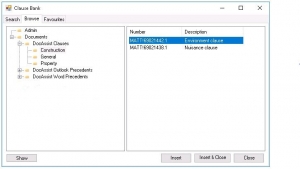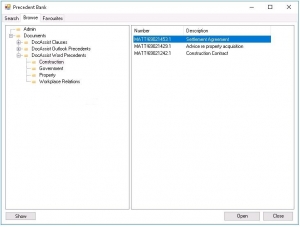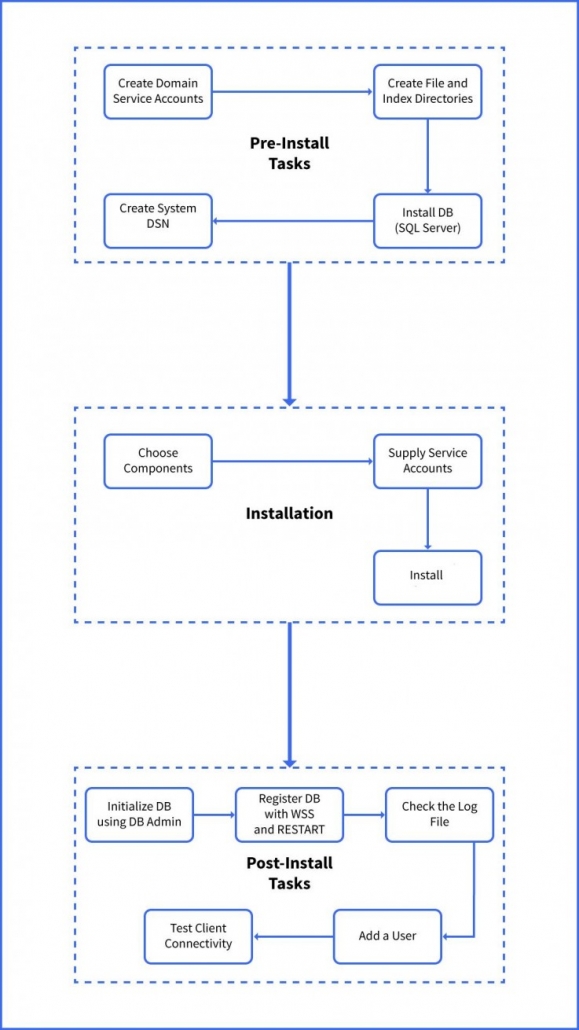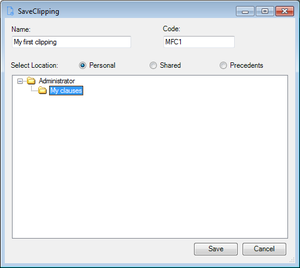When I have conversations around change and innovation one of the most common objections I hear is “we’ve always done it this way”. It is one of the most dangerous phrases when it comes to business and I work hard to ensure that the businesses and individuals I deal with understand both the tangible and intangible reasons for change. Often I break up these reasons to three categories that all ultimately result in the same thing; change for the greater good. And of course, simple to adapt and adopt solutions also help with this cause. This is why we developed DocAssist as a “solution for the people” and not just for those who code their days away…
Keeping up with technology
While it’s true that “if it ain’t broke, don’t fix it”, this reductionist point of view no longer rings true with most businesses. Technology is developing rapidly and the longer businesses leave their technology upgrades, the harder it becomes to ever make that leap. If you’re business hasn’t digitalised its processes not only are you missing out on amazing new technologies such as AI and data analytics, but you are also putting your business data at risk.
A simple example of this is a personal experience I had a number of years ago. The small town I was living in at the time suffered a great flood where almost every business on the main strip was submerged for 2 days. While most of the physical damage done to the businesses was covered under insurance, a number of businesses including the local optometrist lost all of their client related data which was still maintained manually on pen and paper.

How can DocAssist Assist: DocAssist’s writeback feature can help you retain important data in its own database, so you can not only use the data again and again but you can also report on it. DocAssist also integrates seamlessly with other solutions (such as a PMS or
CRM), creating a secondary repository of contact and other client related data.
Keeping up with the changing workforce
It’s been cited in numerous research articles that the new generation of workforce value their time, space and flexible working conditions. Chaining them to a desk is not going to create a productive GenY/Z, and an unproductive workforce is not profitable. Businesses are responsible for creating an environment where their employees are able to perform their duties in physical and mental comfort.
How can DocAssist Assist: As a business tool DocAssist provides users with flexibility to change their documents and collaborate with colleagues as required. Unlike other document automation solutions you are not “stuck” with your answers, you can come back and change your options as required and see your document evolve in real time. It’s interactive nature means you won’t need to complete an entire interview
form to see the changes in your document. It all happens IRL!
For those working on the go, DocAssist also offers an off-line database, which means you can continue to access your clients, matters and contacts even if you’re not “on-site”.
Keeping up with changing customer expectations
The driver behind changing business environment is often changing client expectations. Clients are increasingly expecting to have control over their data. And like internal teams, they expect to collaborate with their lawyers when it comes to drafting documents. While digitalisation of data collection and document drafting solutions has somewhat eased this process (for both clients and lawyers), issues such as data integrity and security are still on the top of everyone’s list of concerns.
How can DocAssist Assist: In the simplest terms, a draft DocAssist document can be shared with the client in any secure means necessary for review. Because DocAssist’s main data entry and collection functionality relies on content controls, third-parties can be given some access to complete missing information on the document using only Microsoft Word. This data can even be written back to the DocAssist database once the document is received back from the client.
Additionally, data collected from client portals can also be integrated into the DocAssist database for use in the automation process.
What is your firm doing to adapt to new and emerging technologies?






